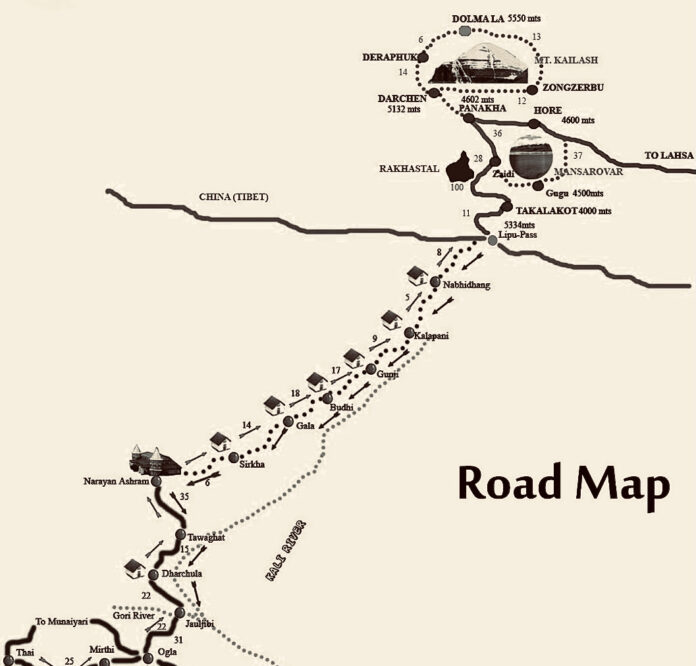Pahar has always been known for its Yatras. This includes religious pilgrimages such as the Kedarnath Yatra, Badrinath Yatra, Kailash-Mansarovar Yatra, Nanda Devi Raj Jat Yatra or Yatras that transformed the politics of the state. This last category of Yatras includes the famous Askote-Arakot Yatra and Askote-Lucknow Yatra. (Source)
After the victory in the Provincial election of 1937, Congress made Govind Ballabh Panth as the Prime Minister (Chief Minister) of the United Province. Govind Ballabh Pant was from Almora and rose to national politics within Congress after the successful Kuli-Begar movement of 1931. The making of people from Pahar into such a dignified and powerful political position gave hope to the toiling peasants of Askote.

The peasants of Askote were being exploited by the local Raja of Askote under the exploitative land revenue system known as Rajwari Land Revenue System. Askote was a princely state at that point in time and the local Raja had all the powers to exploit the local peasants. British Government protected the Rajwari system for a long.
Askot-Lucknow Yatra:
After Govind Ballabh Pant became the Chief Minister of the United Province he set up two Enquiree Committees of Congress leaders and sent them Askote. But nothing happened. After losing all hope 500 peasants of Askot decided march to Lucknow (the capital of the United Province) under the leadership of Jeet Singh Pal. People of almost the entire Kumaon supported this march for justice.

But the peasants from Askot-Lucknow yatra were not allowed to reach Lucknow. Govind Ballabh Pant made repeated failed efforts to stop this march. In the end, Govind Ballabh Pant sent Hargovind Pant to stop the peasant march of Askot. Hargovind Pant was the founder of Kumaon Parishad (1916) to end the Coolie Begar System and he was the leading voice of the region. He successfully sent back the marching peasants from Pilibhit with promises that the government of the United Province would soon take action on the issue. But nothing happened.

Askot Failed:
The Rajwari system of Askot continued till 1967 even though the Zamindari system was abolished in India in the year 1955. The privileged enjoyed by the Raja of Askot during British rule continued even after independence. Even today, the Land Ceiling Laws of the country do not apply to the Raja of Askot. He has the privilege to refuse the government of India to hand over the heritage of the region and decided to build his own museum.
In an article written by Jawaharlal Nehru and published by National Herald on 29th January 1939 titled ‘Askot’, he criticised the Congress leadership for ignoring the voices of Askot in the name of National interest and in the interest of the National movement. But after India got independence, even Nehru forgot the voices of Askot. Even today, the Van Raji community of the Askot region are one of the most backward community of India that are forced to live a life worst than servitude.
Click This To Read This Article in Hindi

Hunt The Haunted के WhatsApp Group से जुड़ने के लिए यहाँ क्लिक करें (लिंक)
Hunt The Haunted के Facebook पेज से जुड़ने के लिए यहाँ क्लिक करें (लिंक)


